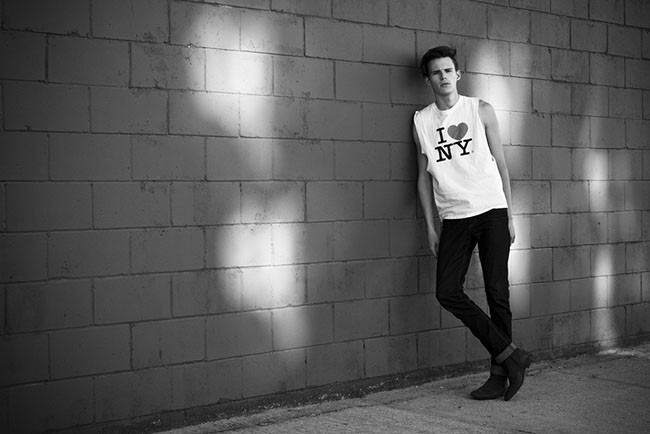
When posing for a photo, whether you are the photographer or the photographed, it is important to know how to position yourself. It is not about putting on “smilies” or fixing a seductive look. There is much more. And better if we know how to position each part of the body depending on the type of photo, the setting, and the available light to achieve a good portrait, whether individual, couple, or group.
Posing well influences the final result so much that we will review nine keys that will ensure the best results and avoid forced and unnatural postures.
1. Define the type of portrait
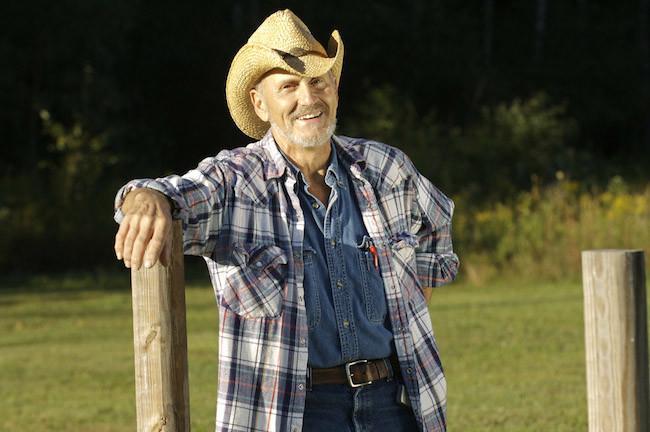
First, we must be clear about the type of photo we want and what we seek to convey. It’s the key. Everything else will revolve around this: the stage, how to position ourselves, the light, the look… If it is a portrait where we want to pose funny, if it is for a souvenir of an event (birthday party, wedding…), or if We want to make an impromptu portrait, the clearer we have what we want to show, that feeling that we want to convey, the better decision we will make when it comes to posing or having them pose.
On this, we will decide what position we should adopt (depending on the role: if we are being photographed or photographing another person) and where and how to position ourselves. We cannot forget the scenario in which we will take the photo and the background better if it is as simple as possible and offers enough contrast.
2. How to start getting high and interacting
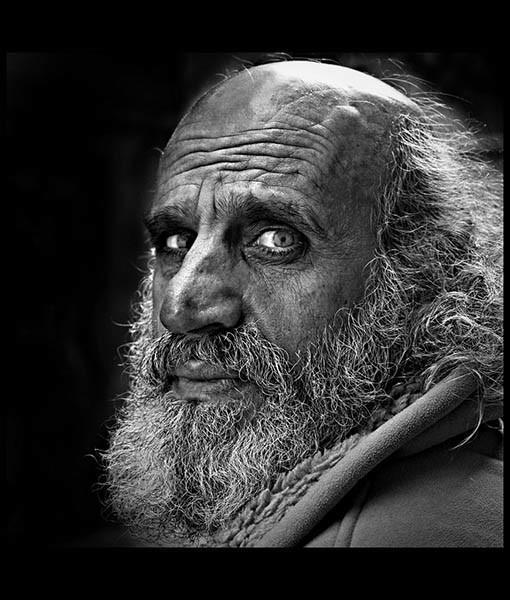
It is the most difficult, especially if the sitter does not like to take photos very much. For this reason, we must help him position himself, giving him clear and precise instructions (where to look, the angle of his chin, where to place his arms and feet…) to prevent him from facing the camera tensely.
A piece of good advice is to find the best angle, trying to get her to stand a little to the side but with her gaze towards the camera, which should be at the level of her gaze and not below. To get our protagonist to relax, it is important to talk to him, to feel guided, and to create a relaxed moment, taking away the tension and even commenting on something funny to make him smile.
As photographers, we must look for several alternatives, not stay with a single shot and the same framing and angle. We may ask you to change sides. Sometimes the best photo can be in the first photo of the first pose or the last one, so at all times, we direct the protagonist well, looking for him to feel comfortable, to highlight his look, and without forgetting the type of photo we want to achieve ( as indicated in the previous point).
3. The look
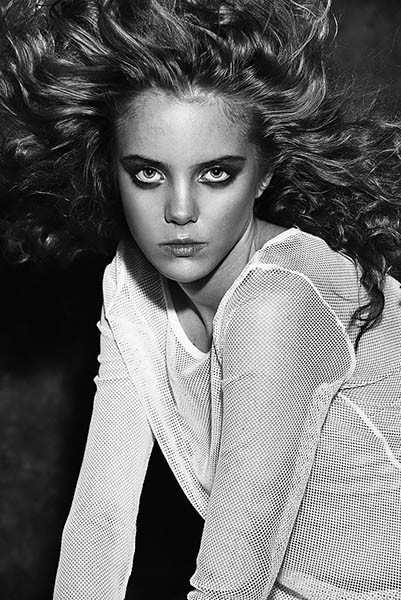
It is one of the most important elements in a portrait and, therefore, when posing. We must achieve a sincere and relaxed look; we can ask the sitter to stare at the camera. A good trick is to ask him to look exactly inside the lens and watch for when the iris opens and closes inside it. It’s a way to keep him focused and focused.
Another option is to close your eyes for a few seconds and count to three to open them. Right when you open them is a good time to shoot the photo. We will avoid blinking, and the look will appear serene and clear.
If we do not want the photo to be looking directly at the camera, another option is to indicate exactly a point to look at. Avoiding tilting the head too much or raising it excessively.
4. Always keep your back straight
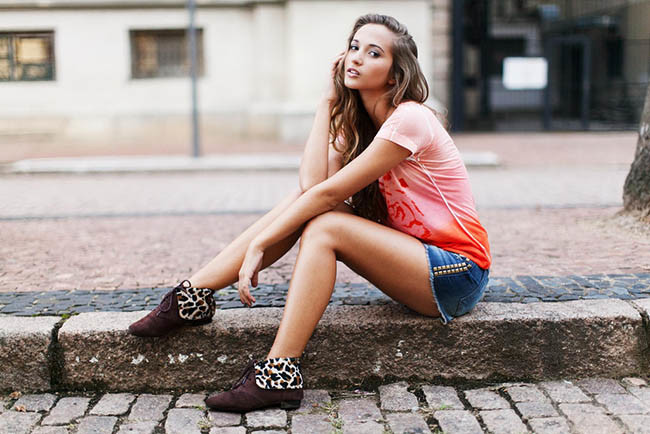
It’s easy to say but not so easy to achieve. When we stand and pose for a few minutes, we will soon begin to take postures that will round our backs or drop our shoulders. We must keep our backs upright and straight and our shoulders slightly back. Sometimes it can feel unnatural, and you will notice that we are forcing the posture, but try to keep your back straight without too much tension.
To achieve this, it also helps to maintain a relaxed and deep breath and not forget to keep your neck upright at all times.
5. Position the hands and arms
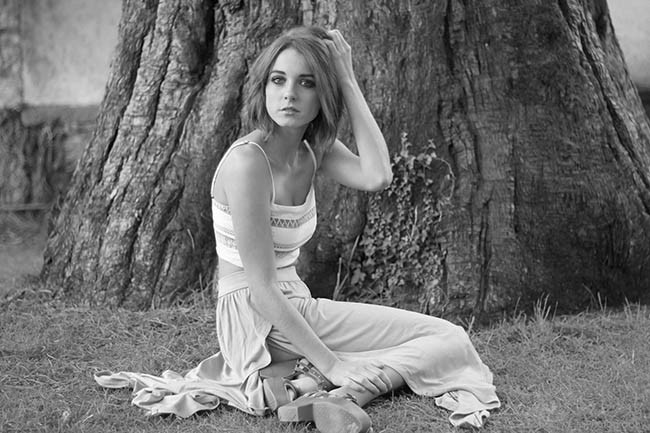
It is one of the most important keys. Since the hands and the look are the main elements we express. So let’s avoid leaving our arms dangling. It would be better if we could give them a function or a point of support, and let’s always remember to keep them slightly detached from the body so that the torso or waist can be better appreciated, whether it is a man or a woman posing.
We must avoid the arms being fully extended; they will seem very tense, as well as that they are too flexed. A soft flex, seeking naturalness and, above all, comfort is important. As well as placing the hands with the fingers relaxed, slightly flexed, and not far apart.
If we do not achieve naturalness in the hands and arms, it is better to give them something to lean on, place their hands in their pockets or hold something. This way, they will be more natural and will not distract attention.
6. Naturalness above all else
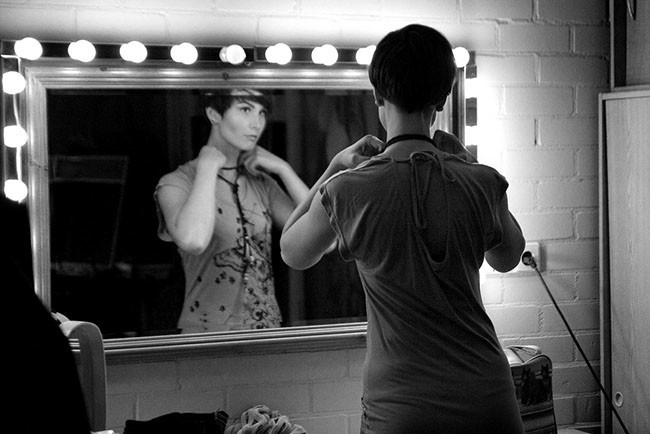
If we try to control the situation with many indications or have too many details in mind (look, breathing, straight back, hands…), the result may be anything but natural. And achieving naturalness is not easy, but it is achieved with a little effort and patience.
All the indications mentioned are important but must be subordinated to achieving naturalness. We can have our arms close to our bodies or our backs not straight enough, but if the pose is natural, comfortable, and the moment is right for the photo we are looking for, it can be tolerated.
To achieve that naturalness, you must know how to create the moment, not force the photo if you are not ready, and achieve a pleasant moment. Good advice can be given instructions on how to position yourself, interact, and chat without pointing at the camera. Let the person who will pose find their most comfortable position and feel comfortable. If the person who is going to pose is comfortable, that is transmitted in the photo, and we will achieve a more natural and less forced image.
7. Pose with movement
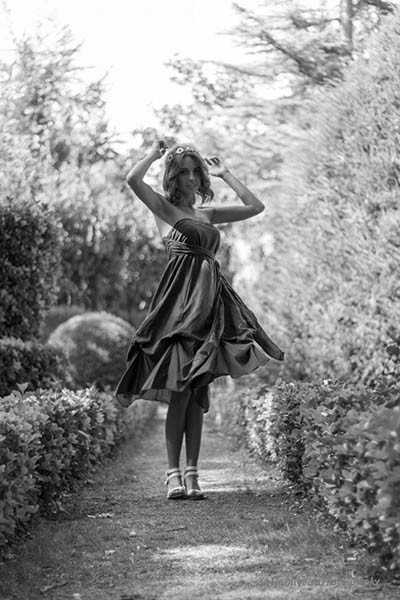
We should not always associate posing with being still like a statue. We can pose in motion, performing some action, like walking. This helps a lot to avoid stiffness and forced postures. Although not for that reason, it is necessary to let the pose be improvised. We must also direct our gaze, control our back and see what movement is most appropriate to achieve our desired image.
With a well-directed gesture of movement, we will achieve fluidity, for which we must take into account all of the above, such as the gaze, straight back and neck, positioning the arms and hands well, and always looking for a natural movement, for which we can rehearse it several times until it comes out naturally but without forgetting the important details.
8. Highlight the best and hide the worst
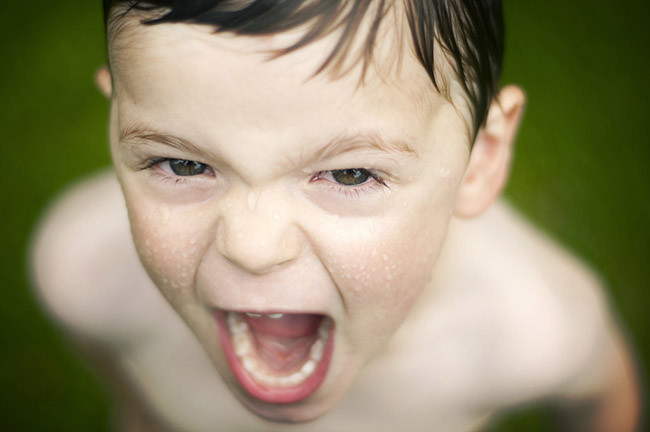
We have all heard that we have a better profile than another. Well, it is something that we can work on to always highlight the best when posing. If we want to highlight our face, let’s look for a light that highlights it and avoid full-length portraits.
For this, it is also important to take care of the look; depending on our clothes, we can take advantage of a contrasting background and adequate light. And, of course, knowing how to choose the best moment. If we are not in the mood or cannot concentrate, let us avoid posing in any way, or we do not want an unflattering portrait.
9. Posing in a group: seeking connection and balance
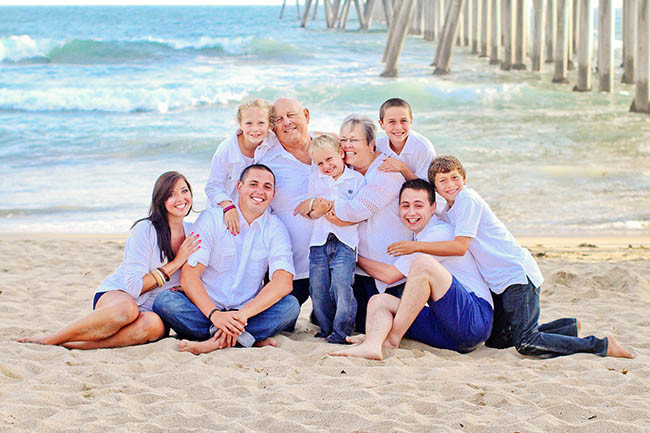
We often find ourselves having to pose for a group photo, and we don’t know how to position ourselves. You have to follow the same parameters that have been discussed. Take care of your eyes, posture, and hands… although in the case of groups, it is also important to do the placement with balance (for example, avoiding two standing and one sitting or that each one has a different posture or distracts from the rest).
It is also important to demonstrate the connection between those posing, and avoid appearing too far apart or too close together, covering one part of the other, for example. Ideally, they should not all face each other, looking for an angle, and that spontaneous and natural moment prevails.
As we can see, they are very general but essential keys when posing for a photo. It is better to remember these details than to learn some poses we repeat. The most important thing is to look for naturalness, that we are relaxed, and that it is a fun and pleasant moment so that that energy is transmitted in the photo.
One last piece of advice: look at the work of the best portrait photographers, so we’ll see how they pose their subjects and how they manage to bring out the best in them. For example, Joe McNally, Joey L., Zack Arias, Erik Almas, and Eugenio Recuenco, to name a few.

Sharlene Meriel is an avid gamer with a knack for technology. He has been writing about the latest technologies for the past 5 years. His contribution in technology journalism has been noteworthy. He is also a day trader with interest in the Forex market.









